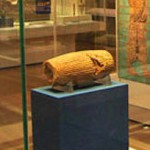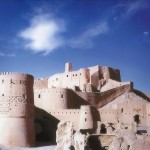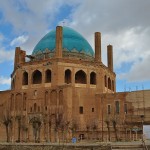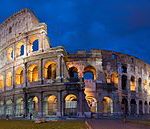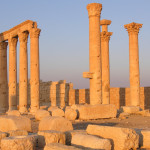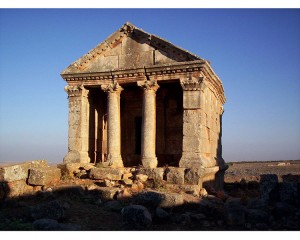 Roman structures, columns, temples and churches that date back to the 1st century are a few U.N. World Heritage sites in the northern Syrian province of Idlib. They’re known as the Dead Cities, tracing the transition from ancient pagan Rome to Christian Byzantium, and until recently, they were deserted and frozen in time. Last month, as the U.S. National Public Radio (NPR) reported, these once quiet ancient sites have now become homes for Syrians who seek refuge and a safe place from the unrest in Syria.
Roman structures, columns, temples and churches that date back to the 1st century are a few U.N. World Heritage sites in the northern Syrian province of Idlib. They’re known as the Dead Cities, tracing the transition from ancient pagan Rome to Christian Byzantium, and until recently, they were deserted and frozen in time. Last month, as the U.S. National Public Radio (NPR) reported, these once quiet ancient sites have now become homes for Syrians who seek refuge and a safe place from the unrest in Syria.
Recent survey by Syrian and international aid workers says there are millions of displaced Syrians inside the country. In Idlib, villages are now completely empty. These refugees have in many cases fled from one village or city to another and then to another, basically running away from the war. In most cases, these are families with small children and/or pregnant women. Many of these families now live in ancient cities among the graves and artifacts.
As international experts have been monitoring the destruction to Syria’s vast archaeological and historical heritage even before the uprising began in 2011, it is especially difficult to watch the destruction to the Dead Cities. Experts believe that not only are people now using these ghost towns as a place to live, but also as a way to make a living. Every day, remains of a site are dug up and pieces and relics are taken and sold in the international market after being transported out of Syria. It is believed that there are well-established networks for selling such artifacts in the region, and internationally. In a recent auction a Syrian Bronze Age artifact that was thought to be looted sold for $400,000.




